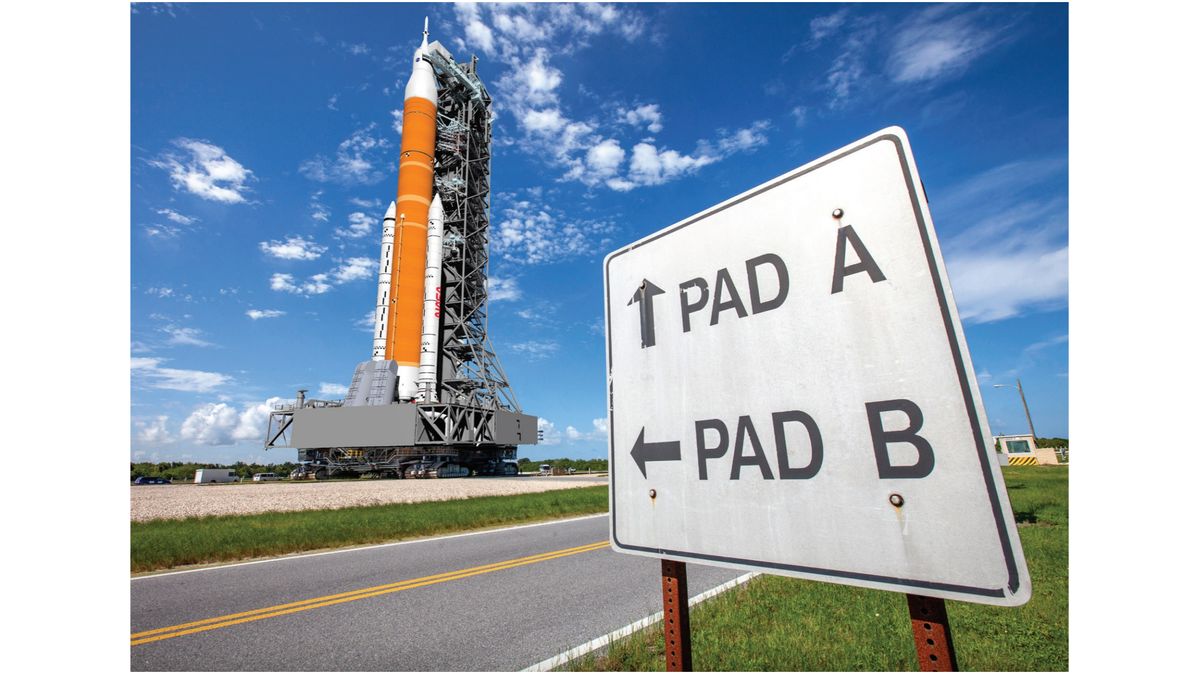NASA’s effort to return humans to the moon have been hit with another critical report on its progress.
The NASA Office of Inspector General (OIG) has issued a scathing report on the Mobile Launcher 2 (ML-2) project. ML-2 is needed to transport NASA’s enormous Space Launch System (SLS) moon rocket to the launch pad.
The OIG report highlights significant cost overruns and delays. Initially projected to cost $383 million with delivery by March 2023, the project’s cost has now run to an estimated $1.8 billion. The OIG believes the final cost could yet grow to $2.7 billion — more than six times the initial cost estimate — by the time contractor Bechtel delivers ML-2. Delivery is now expected in September 2027.
Bechtel was awarded the cost-plus contract in 2019. The company has struggled with technical challenges, including issues with steel fabrication and weight management of the giant ground support structure, according to the report.
Mobile Launcher 2 is required to haul the upgraded, larger and heavier SLS Block 1B rocket to the pad, starting with NASA’s Artemis 4 mission. The structure includes a base platform and a tower with various systems for fueling, power and crew access.
Significantly, the report raises concerns that the project could suffer further delays and push back future Artemis missions.
Related: Space Launch System: NASA’s megarocket for Artemis moon missions
“We project the ML-2 will not be ready to support a launch until spring 2029, surpassing the planned September 2028 Artemis IV launch date,” the report read.
The report recommended that NASA take lessons learned from the ML-2 project relating to acquisition and project management and analyze the feasibility of using a fixed-price contract. NASA partially concurred with these recommendations and has planned corrective actions.
The new OIG report follows recent reports strongly criticizing Boeing’s quality control over work on the SLS and heatshield issues affecting the Orion crew spacecraft, which is built for NASA by Lockheed Martin.



